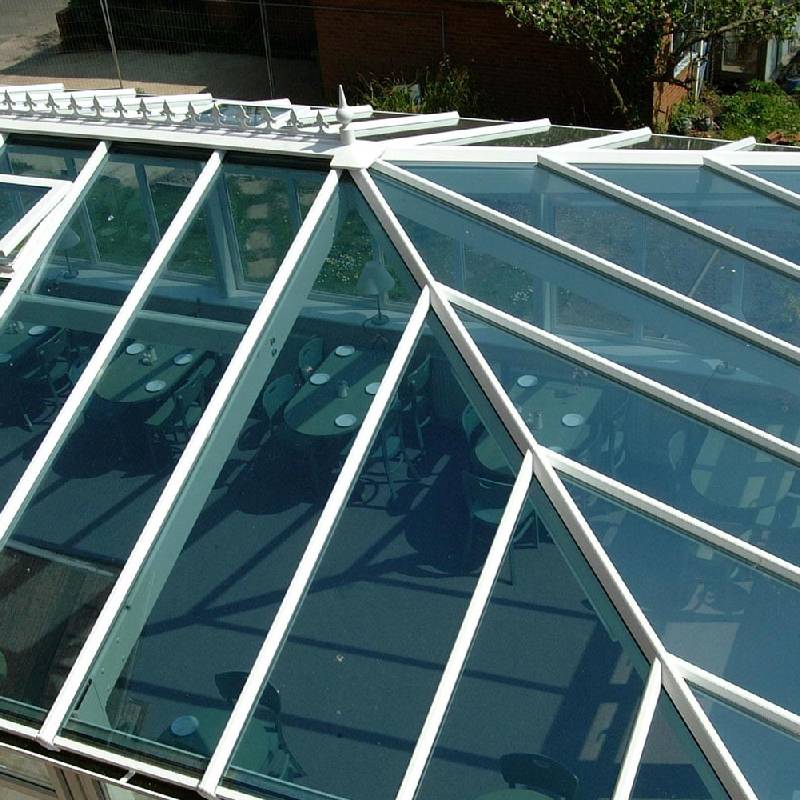

Reflective Glass Colors The Art of Light and Reflection
In the realm of architecture and design, reflectivity plays a pivotal role in how spaces are perceived and utilized. Reflective glass, with its myriad of colors, transforms ordinary structures into extraordinary visual experiences. As the sun’s rays dance across its surface, the interplay between light, color, and reflection creates an ever-changing tapestry that captivates the eye and enlivens the spirit.
The Science Behind Reflective Glass
Reflective glass is primarily designed to reject solar heat while allowing natural light to penetrate. This is achieved through a coating of metallic materials that enhance its reflectivity. However, it's the colors infused within these coatings that further elevate the functionality and aesthetic appeal of the glass. Colors in reflective glass can range from deep blues and greens to vibrant oranges and reds, each possessing unique qualities that affect both the appearance and performance of the glass.
Color is not merely a cosmetic feature; it plays several functional roles, including influencing thermal performance, glare reduction, and light diffusion. For instance, a blue-tinted reflective glass can reduce glare in sunny environments while providing a cooler appearance to the building. Alternatively, warmer tones like bronze can enhance the warmth of a structure, creating a welcoming ambiance that melds beautifully with its surroundings.
Aesthetic Appeal and Architectural Significance
The use of colored reflective glass in architecture is often driven by aesthetic considerations. Architects and designers strategically choose colors to enhance the character of a building. For urban skyscrapers, cool shades of blue or green can create a sleek, modern look, while richer tones can add depth and drama to a facade. The reflective quality coupled with color means that these surfaces change throughout the day, taking on different hues and shades as the sun moves across the sky. This dynamic quality not only engages viewers but also allows buildings to harmonize with their environment.
Different industries have embraced the colorful reflective glass trend, from commercial and residential to civic structures. In urban development, for example, large reflective glass panels can create a sense of openness. When layered with color, they can break down the visual bulk of the building, making it appear lighter and more approachable. Notably, well-known constructions like the Apple Park in Cupertino and the CaixaForum in Madrid utilize reflective glass with colored elements to achieve an immersive sensory experience.

Sustainability and Energy Efficiency
In addition to aesthetic and practical benefits, colored reflective glass contributes to sustainable building practices. By minimizing the need for artificial lighting and reducing heat absorption, it can lower energy consumption. Buildings that use reflective glass often achieve higher energy efficiency ratings due to decreased reliance on air conditioning and artificial lighting systems. Thus, utilizing colored reflective glass is not merely an artistic choice; it is also an environmentally responsible decision that aligns with modern-day sustainability goals.
The Future of Reflective Glass Colors
As technology advances, the possibilities for reflective glass colors continue to expand. Innovations in fabrication and coating techniques are paving the way for more vivid colors and improved performance characteristics. Future trends may see the introduction of smart glass that can change its color based on temperature or user control, allowing for a customizable environment that adapts to the needs of its occupants.
Moreover, as society becomes increasingly aware of the impacts of climate change, the demand for energy-efficient building materials will likely rise. Reflective glass, with its potential for color and light manipulation, remains a promising candidate for architects seeking sustainable solutions that do not compromise on style.
Conclusion
Reflective glass colors represent a unique intersection of art, science, and sustainability within the field of architecture. The interplay of light and color transforms not just buildings but entire landscapes, offering an engaging visual language that communicates with its audience. As we move forward, the evolution of reflective glass colors will undoubtedly continue to inspire creativity and innovation, while serving essential functions in energy efficiency and sustainability. Embracing this artful integration of design and function holds the key to a brighter, more colorful architectural future.